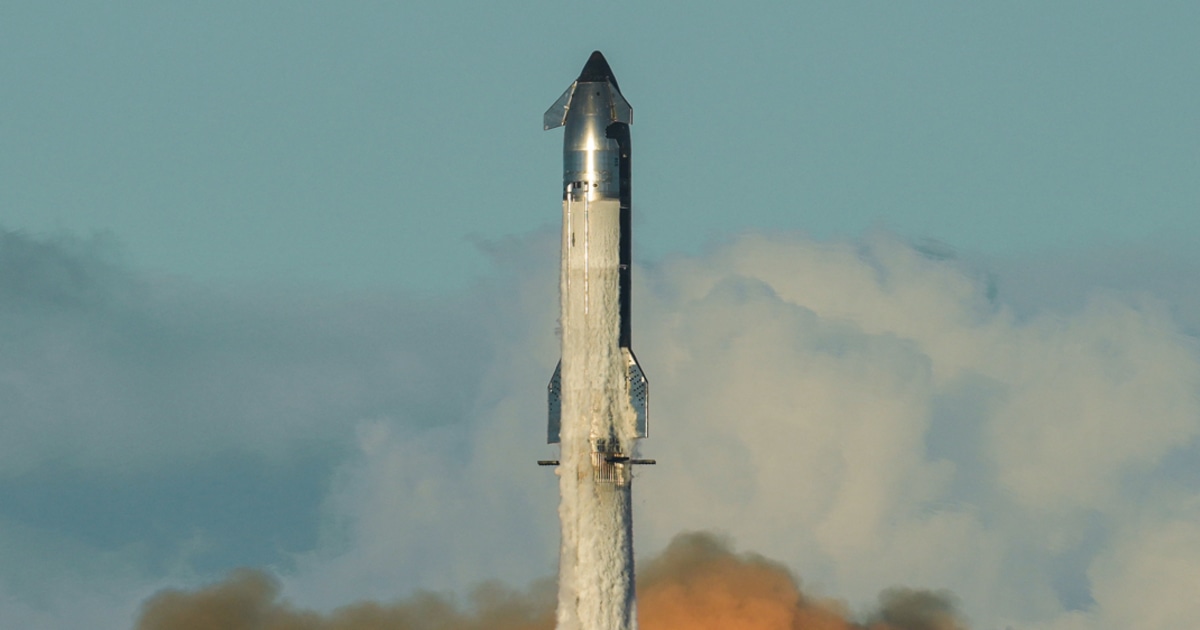The KMT chair race expresses a troubling commonality among candidates — a profound misunderstanding of the CCP’s goal.
Leading candidates Cheng Li-wun (鄭麗文), Hau Lung-pin (郝龍斌), and Lo Chih-chiang (羅智強) have expressed their willingness to meet with Chinese officials, advocated for cross-strait engagement under the so-called “1992 consensus,” and even called on Taiwanese to be proud Chinese.
While cross-strait dialogue can help reduce the risks of miscalculation, the KMT’s continued reliance on the “1992 consensus” reveals a path-dependence problem. Its institutional memory and political identity prevent ideological adaptation to Taiwan’s reality today, which is de facto independence.
Underestimating China risks transforming short-term electoral gains into lasting fragmentation within Taiwan’s political framework. Pursuing peace through dialogue could quickly expand the CCP’s leverage, reduce Taiwan’s defense spending, and constrain the nation’s alignment with the US.
Saturday’s elections are important both nationally and internationally. External policymakers must closely assess how the KMT’s future direction might reshape Taiwan’s political landscape, while Taiwan itself must stand ready to face increasing interference from the other side of the strait.
Hardline pro-China
Given political fragmentation and an executive power controlled by the DPP for almost 10 years, the KMT finds itself in a delicate position. It is unable to adapt to its new sociopolitical environment, while its core “one China” but with differing interpretations policy is perceived as outdated.
The party has tried to rebrand itself as “pro-Republic of China” and to dissociate its image from being “pro-China.” But to little effect, so far.
Before the 2024 presidential race, KMT candidate Hou Yu-ih (侯友宜) elevated defense issues as a priority, building a “3D strategy” (deterrence, dialogue, and decreasing risk) that drew from KMT Chair Eric Chu’s (朱立倫) “2D strategy” (dialogue and defense).
This new approach, endorsed by the party’s leaders, aimed to overcome the “pro-China” label and was considered necessary to attract independent electors and young voters. The shift, however, remains partial and struggles to convince due to its inconsistent messaging.
Indeed, internal divergences on cross-strait policies do not help build a coherent message to communicate to Taiwanese voters. Early this year, the defense budget showed millions being either cut or frozen by the coalition composed of the KMT and TPP. This undermined Taiwan’s deterrence capabilities and raised serious questions regarding the KMT’s alignment with Beijing’s interests.
But this stance is risky, as it no longer reflects public opinion. Indeed, 82.6% of Taiwanese favor maintaining the status quo and 62.9% identify themselves as solely Taiwanese. The way cross-strait policy is being discussed by the KMT’s elites could be politically costly and widen the gap between the party and most voters.
Without profound transformation in both its policies and image, the KMT risks steadily disconnecting from Taiwanese society’s demands and seeing its electoral base continue to decline. Supporting the “1992 consensus” is unlikely to dispel concerns over the KMT’s closeness to China, especially when 73.1% of Taiwanese reject Beijing’s position that cross-strait dialogue can occur only if Taiwan recognizes the “1992 consensus” and accepts the notion of “one China.”
The KMT is facing a critical period in its century-long history, and Saturday’s choice will dictate the party’s strategy to try to secure a presidential win in 2028. The bar is high and so are the stakes for the major stakeholders that gravitate around Taiwan.
Washington ties
Hau, Cheng, and Lo oppose increasing national defense spending, seeing improved cross-strait relations as the best way to strengthen Taiwan’s national defense. The three candidates also view closer ties with Beijing as a way to rebalance Taiwan’s unequal relationship with Washington, which does not always fulfill its promises to Taiwan.
As the KMT redefines its position toward Beijing, US policymakers and decision-makers must carefully consider the possibility that the party’s future stance will be skeptical toward American support and, worse, could favor ties with Beijing over Washington. Moreover, continuous political polarization within Taiwan could erode Washington’s trust and confidence in supporting the country.
Official communication between China and Taiwan has been frozen since Tsai Ing-wen’s (蔡英文) election in 2016, and the CCP has made adherence to the “1992 consensus” a sine qua non condition for dialogue. As the DPP will continue to refuse to recognize it, official cross-strait talks will only resume if the KMT regains executive power.
China would be the main winner if a more “mainlander” candidate secures Saturday’s election. Unsurprisingly, Hau, the most moderate candidate, has been the target of alleged Chinese interference aiming to undermine his candidacy.
For Taiwan, this risks further escalating political polarization. The two major parties’ visions are likely to diverge strongly in the near future, increasing the risk of political stalemate. Taiwan’s internal cohesion is key to the future of the nation, and both the KMT and the DPP will need to ensure that political dialogue remains a priority to safeguard democracy.
Saturday’s elections are therefore critical both for Taiwan and for the KMT. The party chair largely defines its cross-strait policy and the top candidates do not break with the “pro-China” label.
The absence of officials trying to balance Taiwan’s identity with the Republic of China’s Chinese heritage shows that KMT leaders still favor a “mainlander” view or leave little room for candidates with stronger local roots.
This risks further dragging the party into its conservative rhetoric, ultimately marginalizing it from the youth. The chair will lead the party to the 2028 presidential election, in which the KMT cannot afford to lose for the fourth time in a row against its rival.
Taiwan’s younger generations no longer see compromise with Beijing as pragmatism but as submission. Unless the KMT learns to speak their language, its relevance will fade with those who still remember the mainland. The next KMT chair will test that capacity for adaptation.


